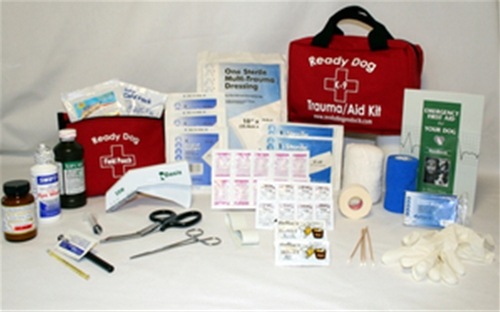Dangers of Heat Exhaustion and Your Dog
Heat exhaustion is one of the biggest dangers to a sporting dog’s health. In fact, overheating is far more damaging to a dog than hypothermia. Here, heat exhaustion will be discussed, as well as how to prevent its occurrence in the field.
What is Heat Exhaustion?
Heat exhaustion occurs when dogs build up an excessive amount of heat in their bodies that they are unable to adequately dissipate. During hunting season, a lot of excess heat is built up when running retrieves, particularly in large breeds. Since dogs are unable to sweat, they do not lose this heat as quickly as it developed. Sport dogs are at greater risk for heat exhaustion during early dove and teal seasons, or late goose season when the weather is warmer.
What are the Signs of Heat Exhaustion?
The signs of heat exhaustion in dogs include:
- Excessive panting
- Excessive drooling
- Body temperature >103 degrees F
- Reddened gums
- Little to no urine production
- Rapid heart rate
- Irregular heart beats
- Fluid build up in the lungs
- Cardiac arrest
- Vomiting blood
- Bloody stools
- Seizures
- Lack of coordination
- Confusion
- Unconsciousness
How Can I Prevent Overheating my Dog?
A contributing factor to heat exhaustion in sport dogs is dehydration. Most dogs don’t drink enough water. Hunters can float their dog’s food (i.e. add water to dry kibble) to promote hydration.
In the field, dogs can be given a drink of water in between each retrieve with a simple water bottle that is easily stored in a jacket or vest. If your dog does not like the water bottle, you can practice using it at home by placing peanut butter on the nozzle. Your dog will happily drink from a bottle in no time.
What Should I Do if My Dog Overheats in the Field?
As soon as you recognize that your dog has overheated you must act quickly. Use cool towels to gently lower your dog’s body temperature. Never dump ice water on your dog, as doing so will send him or her into shock. Next, get your dog to a veterinarian as soon as possible. Do not place your dog in a confined area, such as a kennel or dog box, in an attempt to let your pet cool down on his or her own. More often than not this technique leads to death.
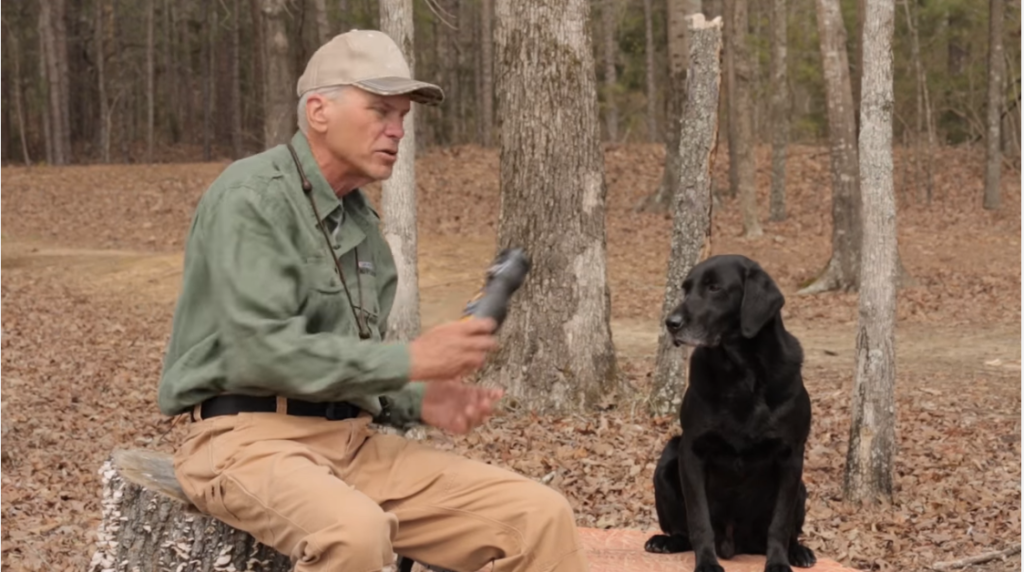





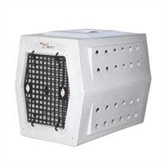
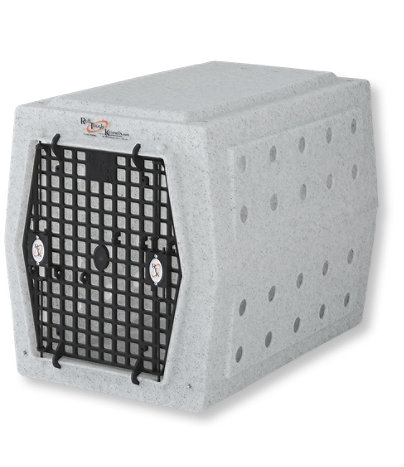
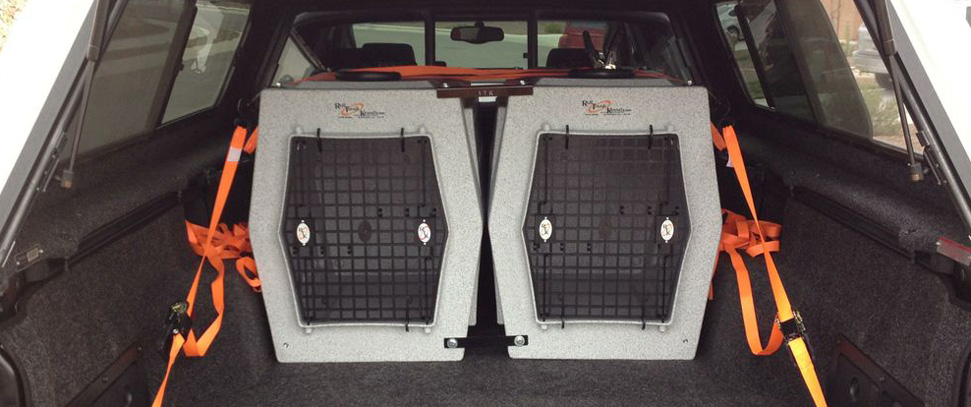


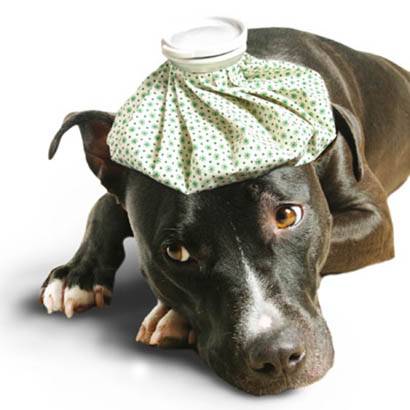 resiliency of most hunting/sporting breeds, these pets often encounter a unique set of threats when out on a hunt or in the field with their owners. Listed below are canine first aid tips, including how to put together a pet first aid kit.
resiliency of most hunting/sporting breeds, these pets often encounter a unique set of threats when out on a hunt or in the field with their owners. Listed below are canine first aid tips, including how to put together a pet first aid kit.